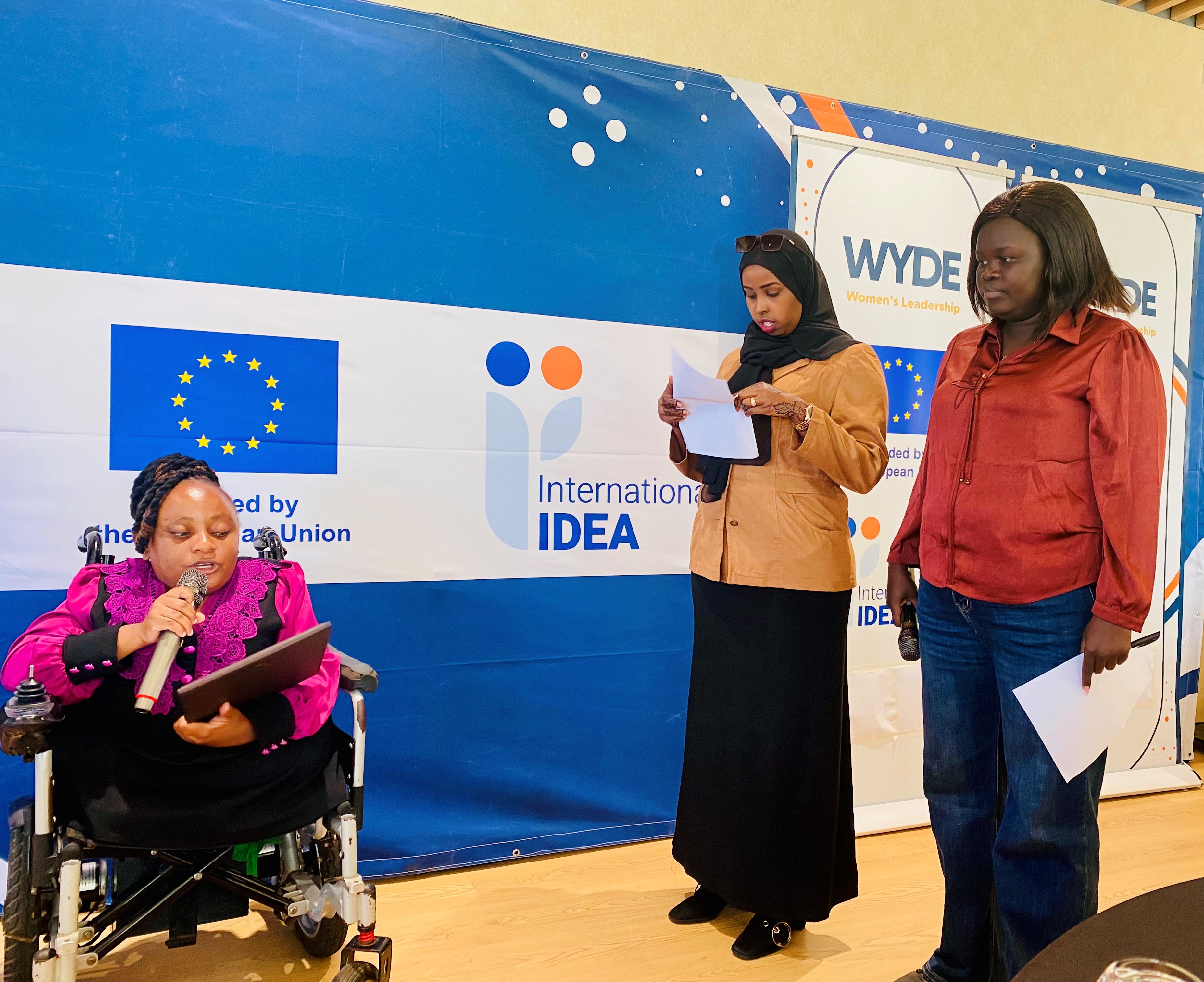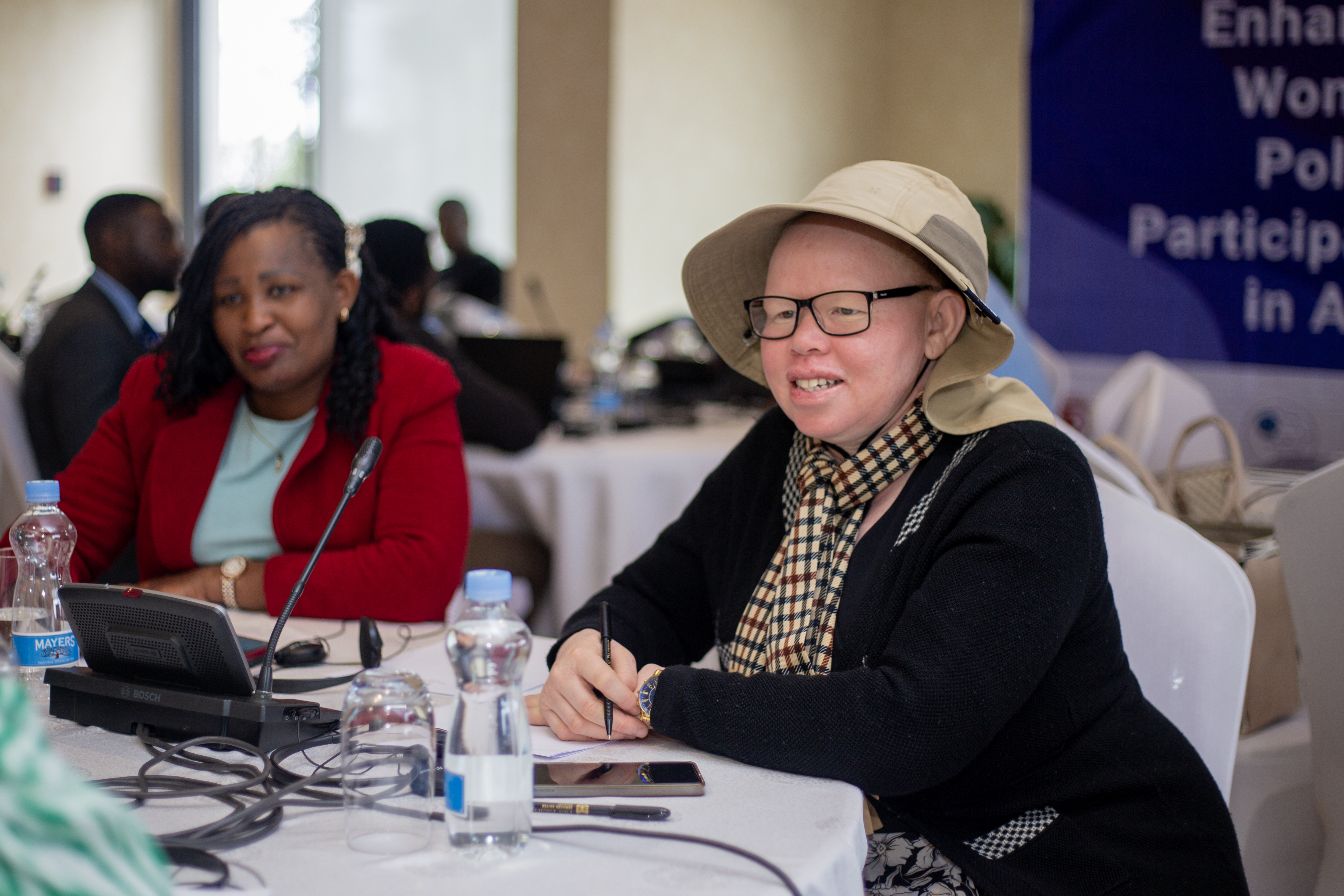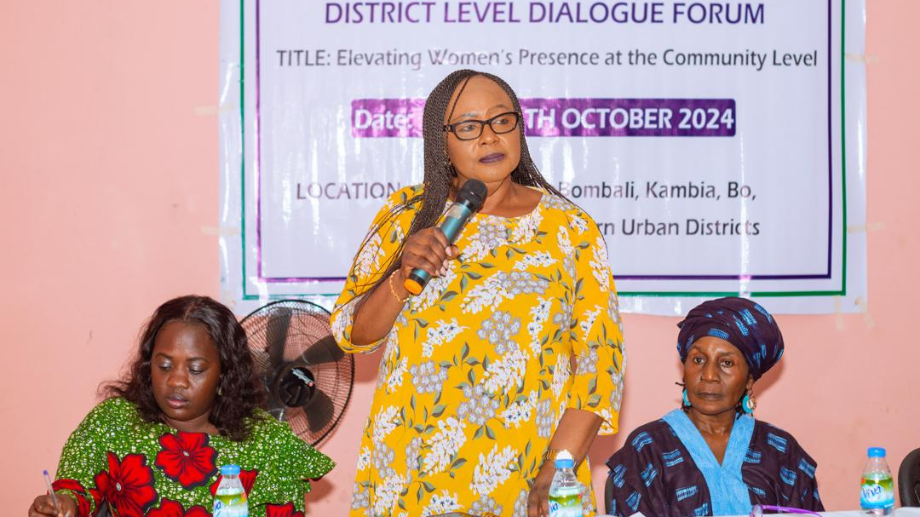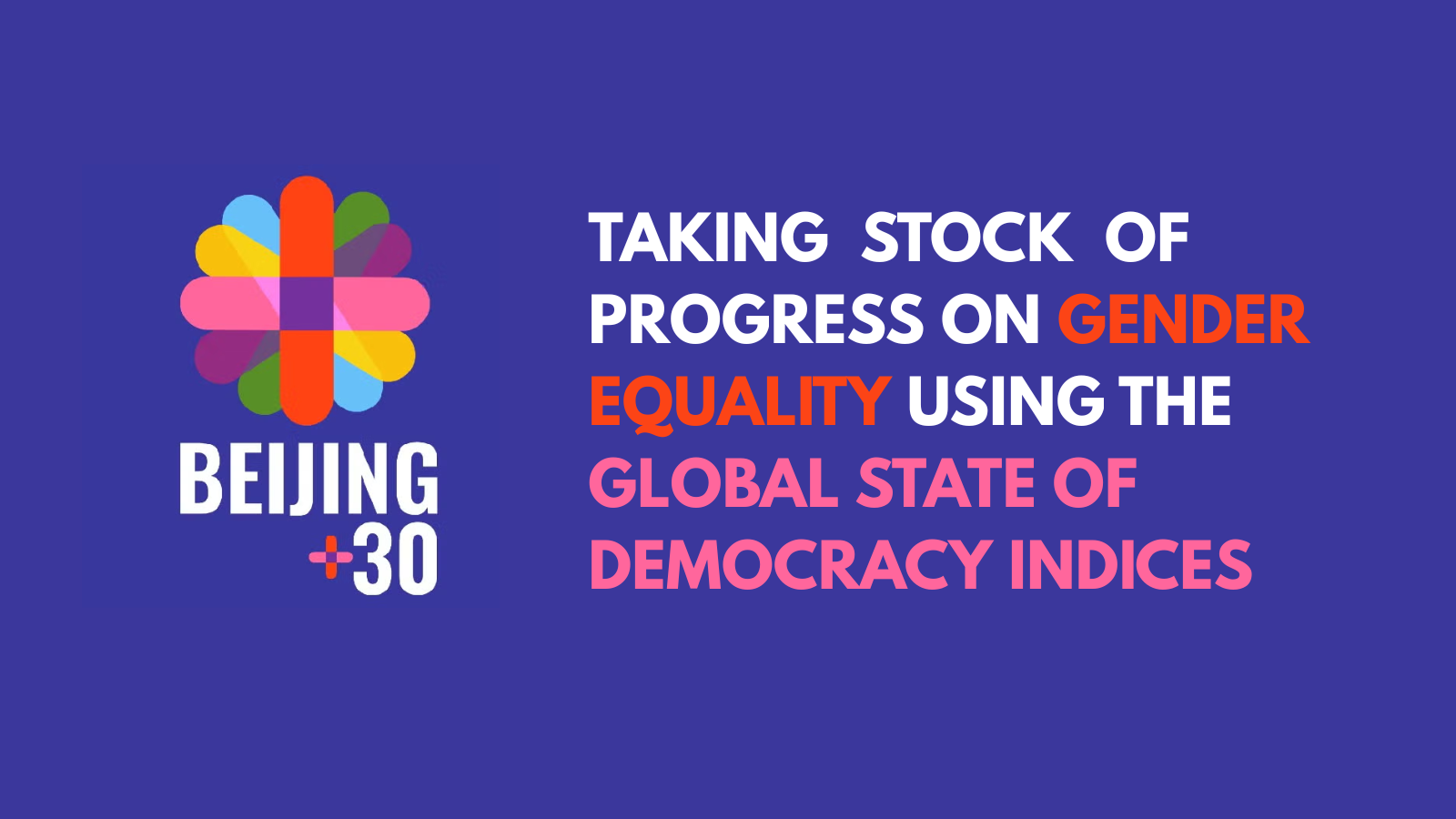Designing for Cooperative Intergovernmental Relations: Considerations for the Bangsamoro Autonomous Region of Muslim Mindanao
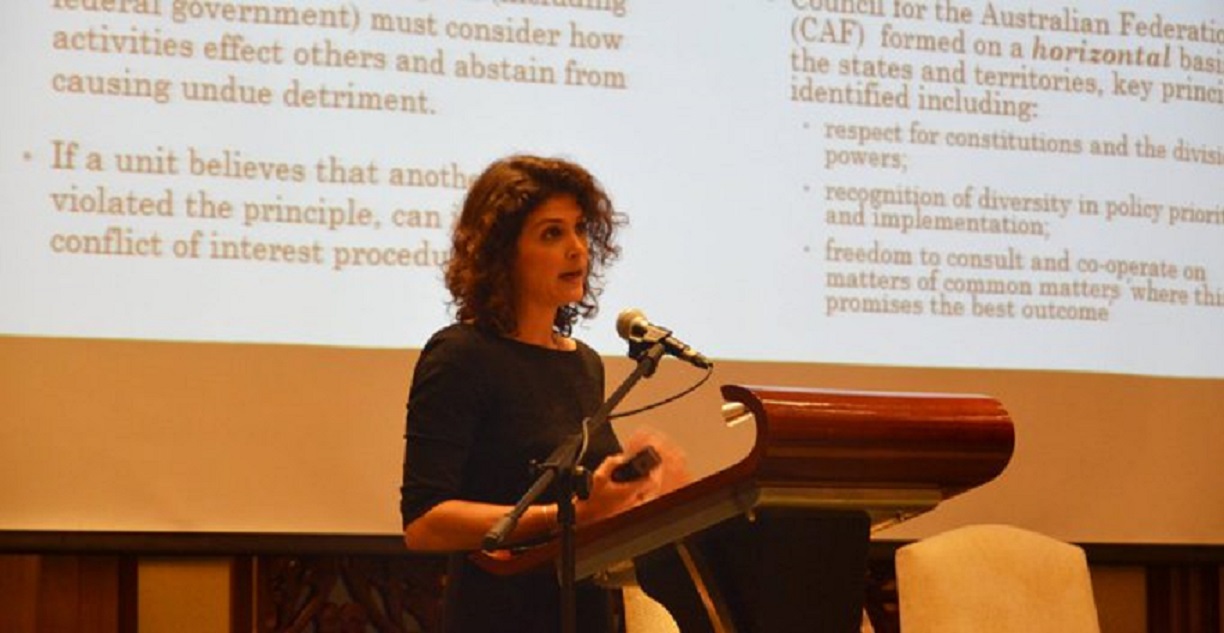
The passage of the Bangsamoro Organic Law (BOL) represents great progress towards realization of the autonomy promised to the Bangsamoro in the 1987 Philippines Constitution (Article 10). That said, the BOL is merely the starting point for realizing BARMM’s right to self-determination; making this right, as well as the autonomy envisioned, meaningful will in large part depend on the tone and form of the relationships between BARMM and the central government of the Philippines. This is a matter of intergovernmental relations (IGR).
Disclaimer: Views expressed in this commentary are those of the staff member. This commentary is independent of specific national or political interests. Views expressed do not necessarily represent the institutional position of International IDEA, its Board of Advisers or its Council of Member States.
Intergovernmental relations vary from country to country and evolve over time, playing out in formal and informal ways. While IGR is relevant to all states regardless of their degree of decentralization, one could argue that its role in ensuring that systems with advanced autonomy arrangements—either in terms of a federal system or an asymmetric unitary system like the Philippines—is particularly essential. Inter-governmental relations can determine whether sub-national units are enabled to truly exercise delegated autonomy, and whether they are treated like equals or in a more paternalistic manner by the central government. This is a critical concern in the Philippines today, as the BOL itself recognizes the principle of “parity of esteem” for IGR between BARMM and the central government. Building the culture of mutual respect that underlies the “parity of esteem” principle requires changing practices, behaviours, and assumptions—all of which takes time.
Encouraging Cooperation through Principles
Intergovernmental relations can be cooperative or conflictual. Cooperative intergovernmental relations are characterized by co-decision, coordination and consultation, while conflictual relations are characterized by collusion, competition, control and even coercion. More cooperative IGR can be encouraged by explicit principles, like the one found in the South African Constitution Section 41(1), particularly sub-sections (g) and (h):
- PRINCIPLES OF CO-OPERATIVE GOVERNMENT AND INTERGOVERNMENTAL RELATIONS
- (g)exercise their powers and perform their functions in a manner that does not encroach on the geographical, functional or institutional integrity of government in another sphere; and
- (h) co-operate with one another in mutual trust and good faith
Another example of constitutional IGR principles is found in Nepal’s new federal Constitution of 2015, Directive Principles Article 50(1) which mandates the State to maintain “relations between federal units on the basis of cooperation between them, and internalizing the principle of inclusion in the governance system on the basis of local autonomy and decentralization.”
If a constitution does not in itself speak to intergovernmental relations, these can be shaped and defined by other forms of agreements, laws and policies. For example, the central government of the United Kingdom has brokered bilateral Memorandums of Understanding with devolved governments that explicitly encourage cooperative intergovernmental relations by requiring good communications and information exchange, as well as parity of respect on the basis of the principle of parliamentary sovereignty.
Translating Principles into Action through IGR Mechanisms
Beyond principles, it is wise to establish and evolve mechanisms and processes to give life to principle-based commitments to cooperative IGR. Having a clear policy and institutional complements for IGR lends credibility to principles, which are otherwise abstract. To take again the example of South Africa, to ensure implementation of the principles in Section 41(1) of the Constitution, Section 41(2) requires Parliament to establish structures and institutions to facilitate IGR, which it did in the 2005 Intergovernmental Relations Framework Act. Through intentional design, IGR mechanisms can encourage more cooperation and ease conflictual dynamics between and amongst levels of government.
Like IGR principles, these mechanisms can be found in the constitution or can be established through law, policy or an evolution of practices and conventions. Many of these mechanisms involve the executive arms of government, bringing together the national and sub-unit executives. India’s Inter-State Council is a good example of a constitutional IGR mechanism; it was established in 1990 on the basis of Article 263 of the Indian Constitution. It is worth noting that this Council was envisioned to be established on an as needed basis, but was only first convened 50 years after the Indian Constitution was promulgated. Before this formal institution was operationalized, India innovated non-constitutional IGR mechanisms, including the National Development Council for intergovernmental approval of strategic plans (established in 1952) and the Zonal Councils under States Reorganization Act (1956) for states to come together as regional groups. As of writing, establishment of the formal IGR mechanisms called for by the BOL is delayed—it is worth considering what other mechanisms could be proactively innovated in the meanwhile.
In the absence of constitutional IGR mechanisms, countries can establish IGR mechanisms by law – as was done in Italy with the State-Regions-Autonomous Provinces Conference, which is chaired by the Prime Minister and composed of all the Presidents of Italy’s regions and autonomous provinces (Law No. 400 of 1988). The body meets to vote on proposals that impact regional/provincial competencies. Calling of the vote is mandatory, though the outcome is not binding; still, votes can only be ignored at high political costs. Informal IGR mechanisms can also be established through convention or practice. For example, Canada’s First Ministers’ Conference, a forum for negotiation between the prime minister and the premiers (heads) of each province, plays a critical role in IGR even though practice of the conferences pre-dates the Canadian Constitution, and has no basis in written law. Conferences are formally convened by the Prime Minister at the request of the provinces; in some cases, they include the heads of indigenous First Nations.
In addition to the executive branch, IGR mechanisms may be established at the parliamentary, judicial and sectoral levels. Sectoral IGR mechanisms can be particularly effective for facilitating the implementation of shared or concurrent powers, which otherwise can be an area of conflict or dispute between the central and sub-national governments. For example, Spain practices Convenios de Colaboración (Collaboration Conventions) for areas of mutual administrative concern, including agriculture, fisheries, health, social services, and labor. Central government actors, as well as actors from the autonomous communities and even local governments participate. Additionally, Spain has Sectoral Conferences comprised of central ministers and ministers from the sub-national governments to discuss major issues within their sectors, for example the environment, public works, tourism, and culture.
Specialized technical or sectoral mechanisms are useful to consider for BARMM, where competencies might overlap with the central government and a history of centralized governance poses a risk of encroachment from the central government into BARMM’s competencies. This risk is exacerbated by the broad supervisory rights that the central government has over the BARMM government. On the other hand, autonomous regions can sometimes reject central government assistance on the basis of principle—as the September 2019 decision of the BARMM government to not allow the National Commission of Indigenous Peoples (NCIP) exercise its jurisdiction over ancestral domain claims in BARMM, without a supplementary process in place demonstrated. Both central government encroachments and autonomous sub-national units’ resistances to central authority can create conflict in the long run, and lead to deficiencies in service provisions which ultimately hurt citizens, and by proxy the legitimacy of the project of autonomy. Sectoral coordination mechanisms can help prevent antagonistic and territorial dynamics from arising, and facilitate IGR that takes account of the comparative strengths of different levels of government, ensuring that these are maximized.
IGR in Asymmetric Systems
IGR mechanisms can help prevent conflict in multi-layered systems, particularly by providing forums for early consultation and negotiation, and for the building of trust between and amongst the central governmental and sub-national units. These mechanisms exist in many countries with asymmetric autonomy arrangements and can take different forms. One example is found in Bangladesh with the Chittagong Hill Tracts (CHT) which was given asymmetric status with increased devolution of authorities as a conflict mitigation effort. Following the signing of the CHT Treaty (1997), Bangladesh established a Regional Council to bring together all the heads of local governments in the CHT; the Government of Bangladesh is obligated to consult with this council whenever decisions are made that impact the CHT. This protects the right to self-determination of the CHT, although the constitutionality of the mechanism has been challenged several times.
The constitutional challenges beg the bigger question of dispute resolution in asymmetric systems; while IGR mechanisms are in themselves meant to mitigate conflict, conflict is relatively inevitable in multi-layered systems of government. As such, a court or other institution is often empowered to resolve disputes. These institutions are often part of the central government, so it is important to consider how to neutralize the institutions and ensure a perception of fairness with the autonomous or sub-national units. In Canada, for example, conventionally the distinctive province of Quebec is guaranteed three seats on the Supreme Court to ensure adequate representation in dispute resolution mechanism and minimize perceptions of bias in Court decisions.
Generally speaking, representation in central level institutions can also be a technique for promoting IGR, even if these institutions are not specifically mandated to manage IGR. For example, Greenland, which enjoys self-government within Denmark (including the right to form its own Parliament), is guaranteed two directly-elected seats in the national Danish Parliament. This institutional design ensures that the issues of the Greenlandic people are considered at the national level; there is also a Greenland Committee within the Danish parliament, which includes the two Greenlandic representatives and one representative from all other parties in Parliament. The Committee is mandated to raise awareness of Greenlandic issues and to discuss bills and motions that will impact or are significant to Greenland before they are sent to the Parliamentary floor. This system enhances IGR by ensuring early consultation with the autonomous regions representatives, thereby protecting the right to self-determination and minimizing the risk of conflict or challenges to legislative and policy developments.
IGR principles and mechanisms are meant precisely to allow for a full realization of the governance dividends expected from recognizing and establishing autonomous and sub-national units within broader states. They can enhance the practice of shared and self-rule, and thereby promote cultures and practices of mutual respect and cooperation. Promoting cooperative IGR presents an opportunity for more efficient and effective governance that better meets the needs of the people; as well as an opportunity to craft a shared, legitimate and participatory vision for how autonomy is exercised within a country. As this piece demonstrates, there is wide variety in IGR practices, and whatever systems and principles are adopted to must be contextualized and flexible. That said, the development of these systems and principles is a necessary and urgent consideration for any country with multilayered governance and autonomy arrangements, including BARMM and the Philippines. While it is too early to assess the success of the BOL, it is not too early to say that IGR will be a determinant factor in this success and that it therefore is an issue deserving of urgent consideration.
The views and opinions expressed in this article are those of the author and do not necessarily reflect the views and opinions of Access Bangsamoro, its proponents, or affiliates.
This article was originally published on Access Bangsamoro website and with permission to republish it on International IDEA's website.
